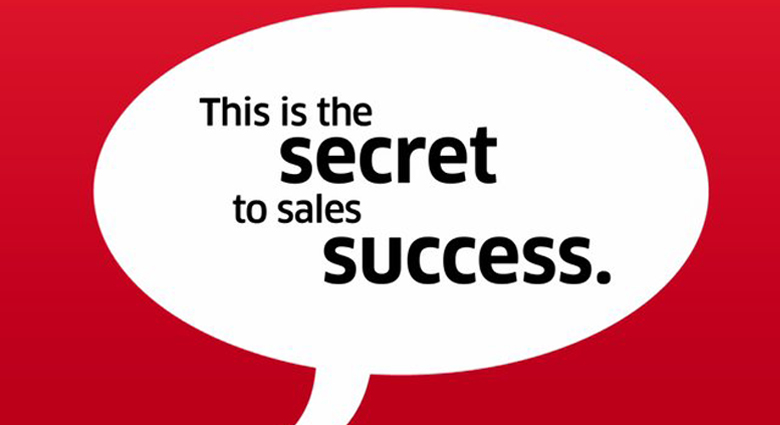These are interesting times in the business of sales. Global economic forces and the impact of our new “point and click” era have changed the rules forever. However, as great sales professionals, our role remains unchanged: to provide extraordinary value to the consumers of our products or services.
This is not news. We’ve been told for years to “provide great value.” It’s drilled into the bones of every salesperson worth their commission. The problem, of course, is that no one tells us exactly what this means.
as great sales professionals, our role remains unchanged: to provide extraordinary value to the consumers
The Value Equation
In it's simplest form, the value equation is pretty straightforward. It's what you get , divided by what you pay .
Value = What The Customer Gets
What The Customer Pays
Four pounds of tomatoes for two dollars, means a value of two dollars per pound. Simple math, yes. But as the playing field changes for salespeople, providing great value is becoming more complicated than just slashing tomato prices.
There are three distinct types of value. There's a good chance you and your company are offering the first two, but for sales professionals who wish to succeed in a new sales era, shifting to the third type is becoming increasingly critical.
Type 1: Price
This is the value we’re all familiar with. It’s the 50% off price tag. The two-for-one sale. The baker’s dozen. These are all ways to change the math of the value equation—to change the price per pound of tomatoes.
For many sales professionals, the first level of value boils down to the same thing: cutting prices, and as a result, commissions.
By focusing on price, however, you increasingly force consumers to see what you offer as a commodity. Companies competing on type 1 value are fighting a battle for the lowest price, and for the majority, that battle is a race to the bottom. This strategy not only damages profitability, but worse still, it erodes customer loyalty – the key ingredient to any great business today.
Type 2: Traditional Service
The natural next step—and where many sales professionals typically focus in order to avoid competing on price—is on providing great service. The challenge is when you back what you sell with great service, you're gambling that your customers view these services as valuable, and risk shifting the value equation even further. Traditionally, great service has meant meeting deadlines, handling paperwork, information flow, communication, shipping and so on. The problem is that not only have many of these services have been replaced by technologies that do a far better job, great service has become the industry norm. Great service has become expected, thus reducing its value in today’s era.
Type 3: The Unexpected
For sales professionals who truly want to succeed, the only place to operate is in offering the third type of value: the unexpected .
Unexpected Value has three specific characteristics:
· It's new, or new to the customer
· It's surprising or unexpected
Value is about creating a surprise for every customer
· It becomes a new defacto personal standard - the customer can no longer "go back"
Companies like Apple provide type 3 value in their products. Zappos and Nordstrom do it with their exceptional or unexpected service.
Type 3 value is all about changing the top number of the value equation and improving on “What the Customer Gets,” which increases the customer’s perceived value. The result is extraordinary customer loyalty, and the luxury of opting out of the race to the lowest price.
Type 3 value is about creating a surprise for every customer, and watching with great pride and excitement as it is unwrapped. It not only brings great joy to you and your customers, but financial rewards too. Perhaps the best part, though, is that anyone can do it. Unexpected value often costs little more than the desire to bring joy to those you serve. Delivering it doesn’t require you to change the market. It only requires that you change your heart and mind.





.png)




What Did You Think?